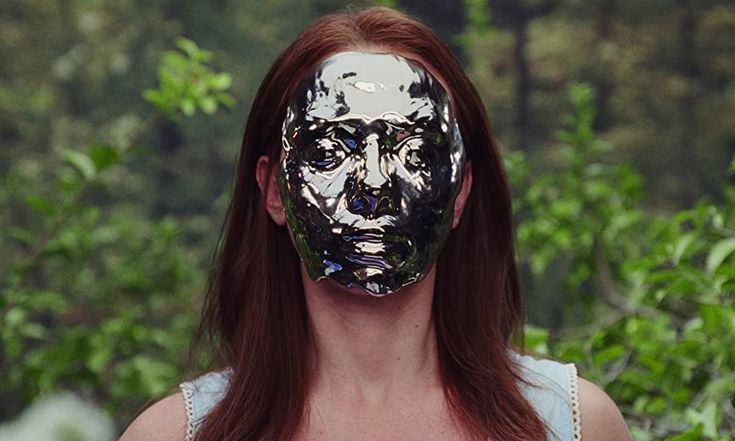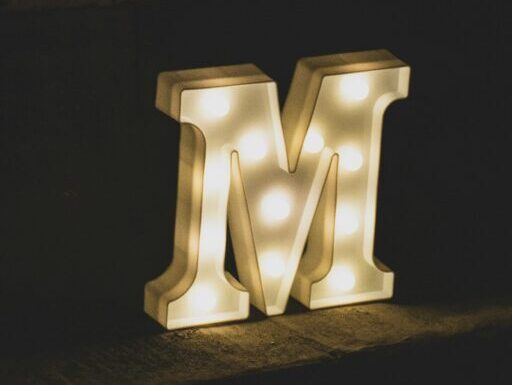Why are they divorcing in Marriage Story?

The Literal Answer: Some will answer this saying that Charlie cheated. But even at the literal level, it’s not that simple. Two people are involved. So, there are two valid answers to this question.
The Real Answer: While married, Nicole and Charlie spent more time together than most couples. That’s because they were work and parent partners. Still, their communication and understanding deteriorated. This is the core reason for their divorce. They don’t share to be known or listen to understand. These are crucial elements to keep any relationship going.
Evidence: Marriage Story begins as they start mediation, anticipating divorce. We immediately see tension arising from the fact that Nicole doesn’t want to share in their mediation session. She’s closed off and angry. Although they’d agreed to try mediation rather than lawyers, she leaves without giving it a chance. There’s a communication impasse between them from the story’s start.
There’s a fight about 3/4 into this movie which (if you’ve ever been married) feels so true and real, it’s moving. This battle escalates at the very time when Nicole and Charlie agreed to try to make it work after the lawyers skewered them in court. It was a mutual stab at reaching an agreement in concert one-on-one rather than with lawyers. But their communication quickly slips into resentments and anger. They lash out. Their rage reverberates and both say regrettable things. This scene cuts into viewer emotions with intense authenticity. When they hug, exhausted after the fight, Charlie on his knees, we see how much this broken connection hurts them.
Mediator Perspective
As a mediator, Marriage Story portrays a refreshing realness. It’s not a typical Hollywood take on divorce. Even though Nicole and Charlie are played by the stunning Scarlett Johansson and Adam driver, they seem like everyday people. That’s partly on the surface thanks to the way they’re styled. But it’s more about the naturalistic writing and performances steeped in emotional truth. Nicole and Charlie show us what matters most to them individually from the kickoff and both of them double down on these priorities.
In mediation, couples do best when they open up about what matters to them and listen to understand each other. The audience can see both Nicole and Charlie’s perspectives on the divorce. But they can’t see each other’s. If they’d stuck with the mediation, that may have changed. Not that they wouldn’t have divorced. Rather they may have found a way to see each other’s point of view on why it’s happening. That understanding can help make the process less painful and more respectful.
Symbolism in Marriage Story
Nicole and Charlie both work in theater. Two masks, happy and sad, compose the traditional symbol for theater. So, it makes sense that masks would play a symbolic role in Marriage Story. Halloween, the holiday of masks, serves as a touchstone twice in the story. The first mask, though, comes in when Nicole leaves New York, where they’ve lived for most of the marriage. She’s working on a show in LA and wears a mask in the role.
This mask is significant because the crew is fitting it to her face and trying different colors. Nicole holds a prop baby during this and talks about how her character needs to be able to prove she’s a good mother in this scene. This theme of proving yourself as a good parent runs through Marriage Story. It’s a key element, representing the last tie binding Nicole and Charlie. They’re both concerned about how they’re being judged as parents.
When Halloween comes, Charlie and Nicole fight. This is when their priorities and perspectives are clarified for the viewers. Their son, Henry tells Charlie that Nicole mentioned she’d like to stay in LA indefinitely. Charlie feels blindsided and confronts Nicole. His theater company and home are in NYC. They’ve been raising Henry there. He feels betrayed and left out of the loop, maybe even abandoned. As a mediator, I’d check in with him about these feelings as well as his reasoning behind them.
Masks in Marriage Story
But these characters aren’t in mediation. They’re across the country and on a antagonistic phone call. Nicole feels attacked by Charlie’s approach. She retaliates, saying she’d hacked his phone and found proof of Charlie’s affair with a woman in his theater company. If they were in mediation, we would pause to discuss this revelation. Instead of talking about it directly, they each shield their vulnerabilities and fight. They wear masks of anger and attack without listening to each other. These masks symbolize the breakdown in communication between Nicole and Charlie.
Marriage Story ends at Halloween as well. This time, the masks are off. It’s a change symbolized by Nicole’s Beatle costume, which has no mask. We also see that things have changed between Nicole and Charlie. They’re thoughtful and show gentle caring to each other. The audience can sense that the story of their marriage is over because both have taken off their defensive, angry masks.
Why does Charlie cut himself in Marriage Story?
A social worker visits Charlie as part of the parental check for the divorce proceedings. He’s quite nervous. The social worker observes Charlie and his son, Henry, having dinner and interacting a bit before and after the meal.
At one point Henry asks Charlie to show “the knife trick”. Charlie explains to the social worker that Henry’s talking about a small pocket knife and it’s no big deal. He tells Henry that now’s not a good time for the knife trick.
After dinner Charlie’s sitting on the couch talking only to the social worker and he shows her the knife. As he’s explaining the trick, Charlie accidentally cuts his arm. She shows concern as it starts bleeding. He insists it’s fine. She leaves, believing him.
Once she’s gone he rushes to the sink and runs cold water over the large, bloody cut. Then Charlie wraps paper towels around his arm before passing out on the floor. While still prone, Henry comes into the kitchen and sees his dad lying there. Charlie once again declares that he’s “fine”.
Is Marriage Story a feminist movie?
Feminism advocates for the rights of women on the basis of equality between the sexes. So, a feminist movie may be defined as a film that portrays both the male and female gaze equally.
Male gaze theory is often cited as part of feminist theory. It generally purports that a male point of view in storytelling constructs portrayals in ways that serve the psychological needs of men. This may include objectifying women characters. It could also mean limiting the voice of the story to mostly (or entirely) the male characters.
By these definitions, Marriage Story meets the criteria for feminist storytelling. In this movie, we see male and female sides of the story in equal parts. None of the characters are sexualized or objectified. It’s feminist without the politics.
More about Mediation
Interested in learning more about mediation or maybe even giving it a try? Check out my mediation website for articles about how mediation works and a chance to make tangible progress in the relationships that matter to you.
